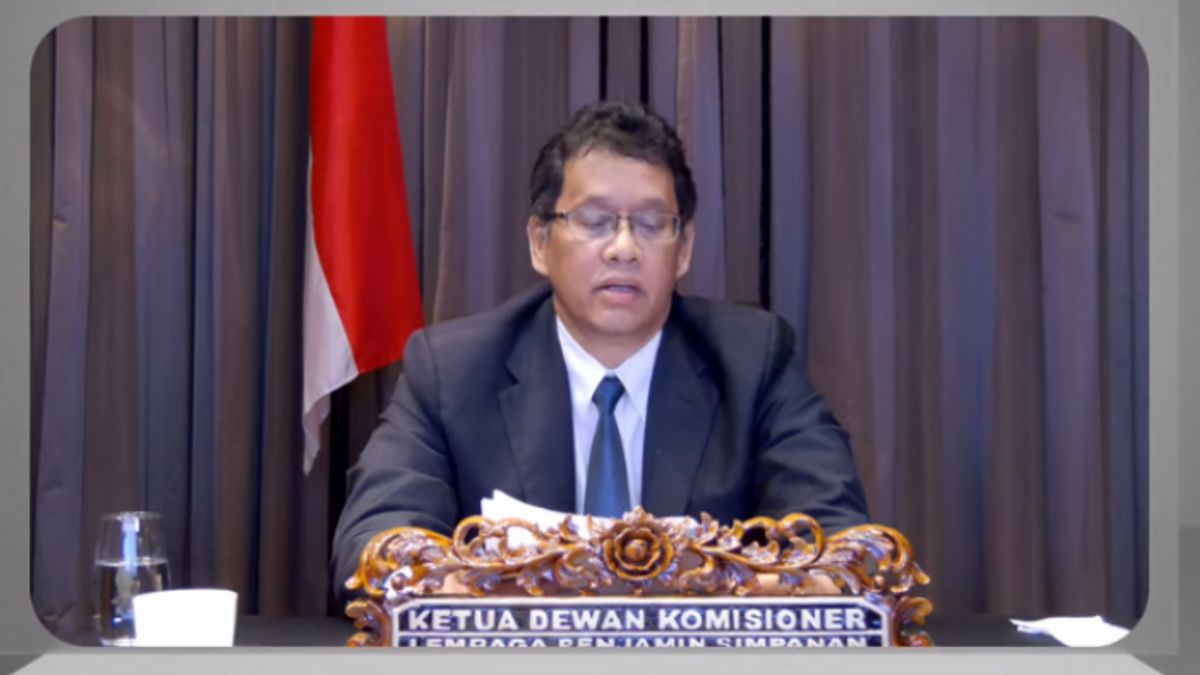JAKARTA - The Chairman of the Board of Commissioners of the Deposit Insurance Corporation (LPS) Purbaya Yudhi Sadewa said that the financial literacy of young people must continue to be improved to reduce the level of economic inequality in the future.
According to him, in this era of digital technology, financial literacy activities should be carried out through digital media, so that the delivery is more effective and in accordance with the characteristics of young people because young people have a tendency to adopt digital media, especially social media in making decisions related to finance and investment.
On the other hand, young people also have a tendency to want to get quick profits in investing.
"The younger generation tends to be tempted by high-risk investments. The risks are not studied at all, so flexing is popular," said Purbaya in Jakarta, Friday, August 19.
Furthermore, he added, the level of financial literacy also affects household savings, so that financial literacy activities will also improve the welfare of Indonesian people in the future.
"If we are smarter (about finances), we will save more often," said Purbaya.
Purbaya added that financial inclusion in Indonesia is higher than financial literacy.
For this reason, he continued, financial inclusion in Indonesia still needs to be improved.
Based on the National Survey of Financial Literacy and Inclusion of the Financial Services Authority (OJK) in 2019, Indonesia's financial inclusion index touched 76.19 percent, while financial literacy only touched 38.03 percent.
"Inclusion and financial literacy are increasing, but there is a gap between inclusion and literacy. In addition, there is a gap in inclusion and literacy between regions in Indonesia," he said.
He detailed that the financial inclusion index in 2013 was 59.74 percent, while financial literacy was at 21.84 percent.
Meanwhile, in 2016, the inclusion index increased to 67.80 percent and financial literacy was in the range of 29.70 percent.
"It has increased but not much," he said.
Meanwhile, based on the type of financial institution, Purbaya said it was still dominated by banks.
This can be seen from the data on banking financial inclusion in 2019 which reached 73.88 percent, while banking financial literacy was at 36.12 percent.
"Inclusion and public financial literacy are still dominated by access and knowledge of types of banking financial services," he added.
According to Purbaya, the number of investors in Indonesia continues to show an increasing trend.
SEE ALSO:
Based on data from the Indonesian Central Securities Depository (KSEI) as of July 2022, the number of capital market investors has touched 9.3 million investors.
Meanwhile, the number of stock investors as of July 2022 is 4.1 million investors.
On the other hand, the number of mutual fund investors as of July 2022 stood at 8.6 million investors. Also, the number of SBN investors as of July 2022 is 736.4 thousand investors.
"Demographically, investors in Indonesia are dominated by the younger generation (under 30 years old) and the highest educational background is SMA/equivalent," concluded Puraya.
The English, Chinese, Japanese, Arabic, and French versions are automatically generated by the AI. So there may still be inaccuracies in translating, please always see Indonesian as our main language. (system supported by DigitalSiber.id)













